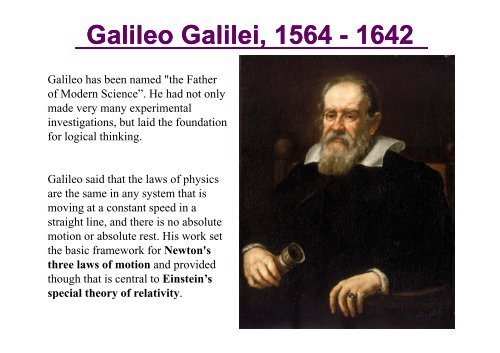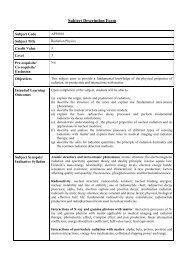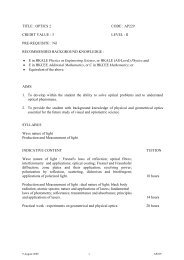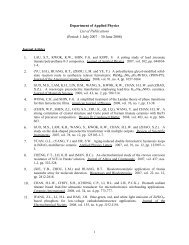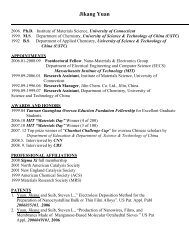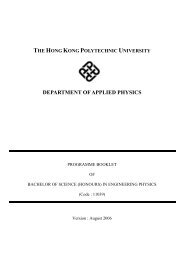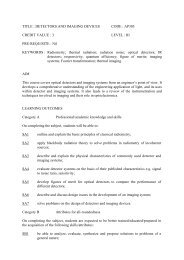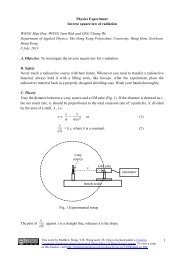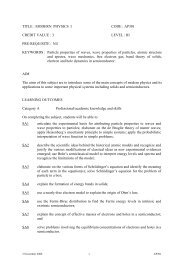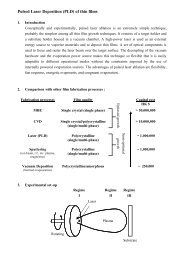Galileo Galilei, 1564 - 1642
Galileo Galilei, 1564 - 1642
Galileo Galilei, 1564 - 1642
Create successful ePaper yourself
Turn your PDF publications into a flip-book with our unique Google optimized e-Paper software.
<strong>Galileo</strong> <strong>Galilei</strong>, <strong>1564</strong> - <strong>1642</strong><strong>Galileo</strong> has been named "the Fatherof Modern Science” . He had not onlymade very many experimentalinvestigations, but laid the foundationfor logical thinking.<strong>Galileo</strong> said that t the laws of physicsare the same in any system that ismoving at a constant speed in astraight line, and there is no absolutemotion or absolute rest. His work setthe basic framework for Newton'sthree laws of motion and providedthough that is central to Einstein’sspecial theory of relativity.
Newton's laws of motion• First law: If an object experiences no netforce, then it will either remain at rest (if itsvelocity is zero), or it moves in a straightline with constant speed (if its velocity isnonzero).[ Inertia ]The idea of inertia was introduced by <strong>Galileo</strong> <strong>Galilei</strong>, <strong>1564</strong> – <strong>1642</strong><strong>Galileo</strong>'s Principle of Inertia stated: "A body moving on a level surface willcontinue in the same direction at constant t speed unless disturbed." d Thisprinciple was incorporated into Newton's laws of motion (first law).
On a frictionless flat plane the ballOn a frictionless flat plane, the ballwill roll to infinity at constant speed.
The paradox of free falling bodyThe Ancient Greek philosopher, Aristotle (384BC – 322 BC) believed that heavy object wouldfree fall faster than lighter ones.In 1638 <strong>Galileo</strong> based on the paradox of freefalling body, he proposed that all unequal weightswould fall with the same finite speed in a vacuum.FastSlowIf two unequal weights are tied together, the fast(heavy) moving one is drag by the slow (light)moving one. For this reason the combined objectwill fall slower than the heavy one. However, thecombined object is the heaviest and should freefall fastest! This is the paradox of free falling body.?The Leaning Tower of Pisa


